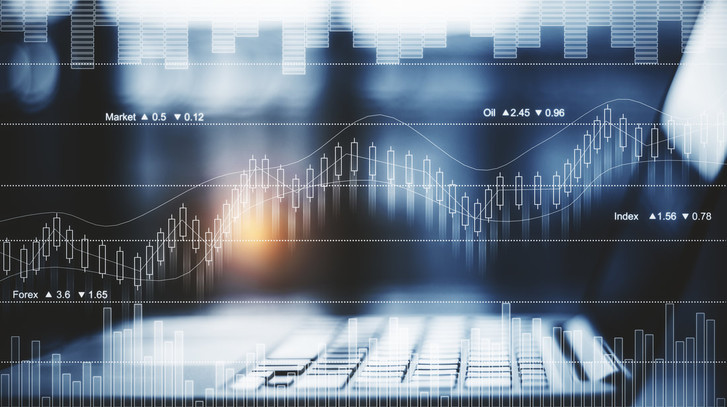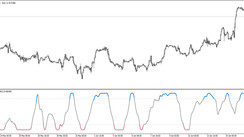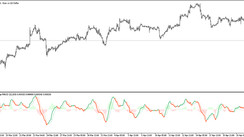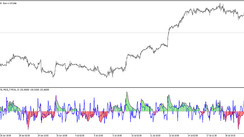Volatility is one of the first concepts a trader needs to fully comprehend if they want to stand any chance in this business.
As such, it’s only logical to be on the lookout when it comes to your favorite currency pairs and their price action.
As volatility makes or breaks your chances to trade, and it can be tricky to master it (no, you don’t want to avoid it all the time), we’ve prepared this guide on some of the most popular currencies and their volatility.
Quick Refreshment: What Is Volatility And Why Should You Care?
Volatility refers to the frequency with which an asset - a currency pair, in this case - changes its value.
To visualize it better, a pair is said to be very volatile when its price is constantly shifting significantly, or enough for you to win or lose money in a relatively short period of time. On the other hand, a pair is said not to be volatile when its price remains constant or its shifts are negligible.
The importance of volatility is that it determines the profitability of your preferred approach to the market. In other words, volatility will dictate how you should proceed with your trades and which strategies to use.
We’ll go through how to face volatility in a bit.

What Drives Volatility?
There are two critical factors for volatility: liquidity and news.
Liquidity is the main force due to how it stabilizes prices by keeping supply and demand regulated. Therefore, exotic currencies tend to be more volatile than major currencies.
If liquidity is low, then the market is left with either demand too big to be covered or supply too large to be sold profitably. The end result is that prices tend to shift abruptly and unpredictably as this balance changes.
Lastly, volatility usually spikes during news releases due to the picture they paint for the economic environment, as it affects traders’ preferences and priorities.
The Most Volatile Pairs
As mentioned earlier, the most volatile currency pairs are the exotic pairs or those that include currencies outside the usual USD, EUR, GBP, JPY… in favor of those from less-developed countries.
Pairs like the USD/BRL or USD/SEK tend to score hundreds of points over the most volatile major currency pairs.
When it comes to high volatility, your focus should be on short-term trading. Scalpers thrive in highly volatile markets thanks to the frequency at which significant price shifts occur.
The Least Volatile Pairs
On the other hand, longer-termed traders tend to perform better than scalpers when volatility is low, as trends tend to be maintained for longer and risk is much lower.
For those looking for stability, major currency pairs like the USD/EUR, EUR/GBP, USD/JPY, and similar pairings are usually less active - after all, the economies behind these currency pairs aren’t known for their instability.
Trading longer timeframes becomes more important than sticking to minute-long charts, and while scalpers benefit from high liquidity, the possible profits are much lower (although the same goes for risk).





